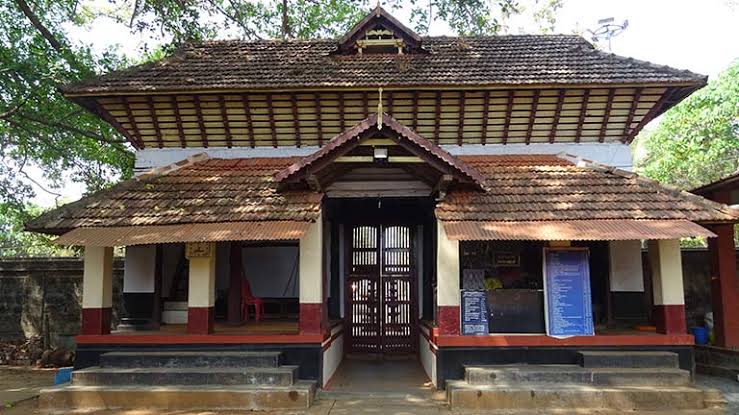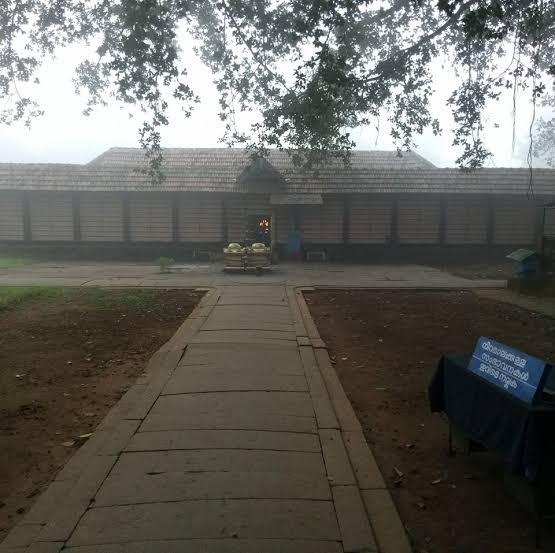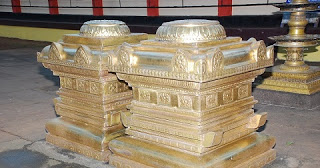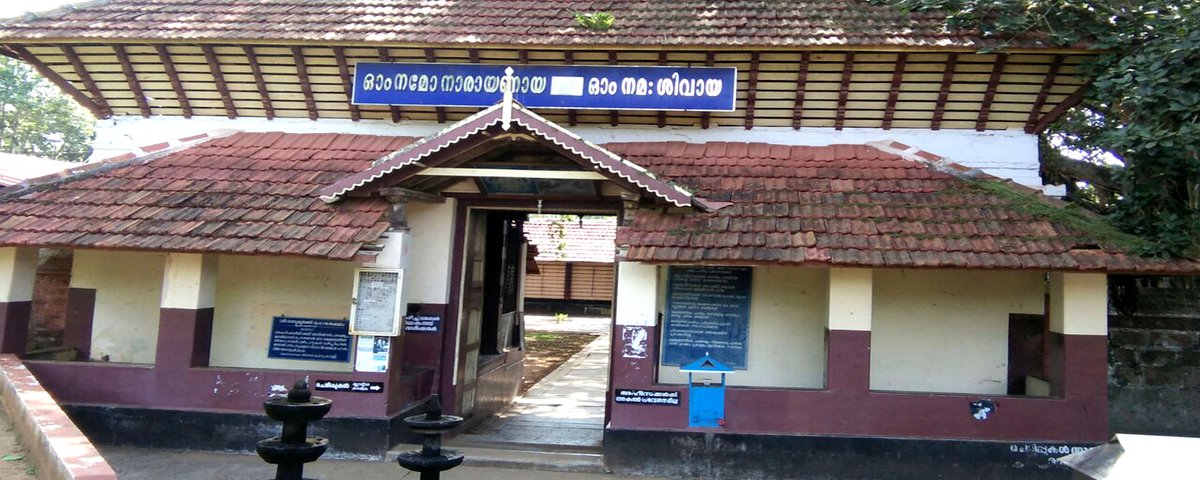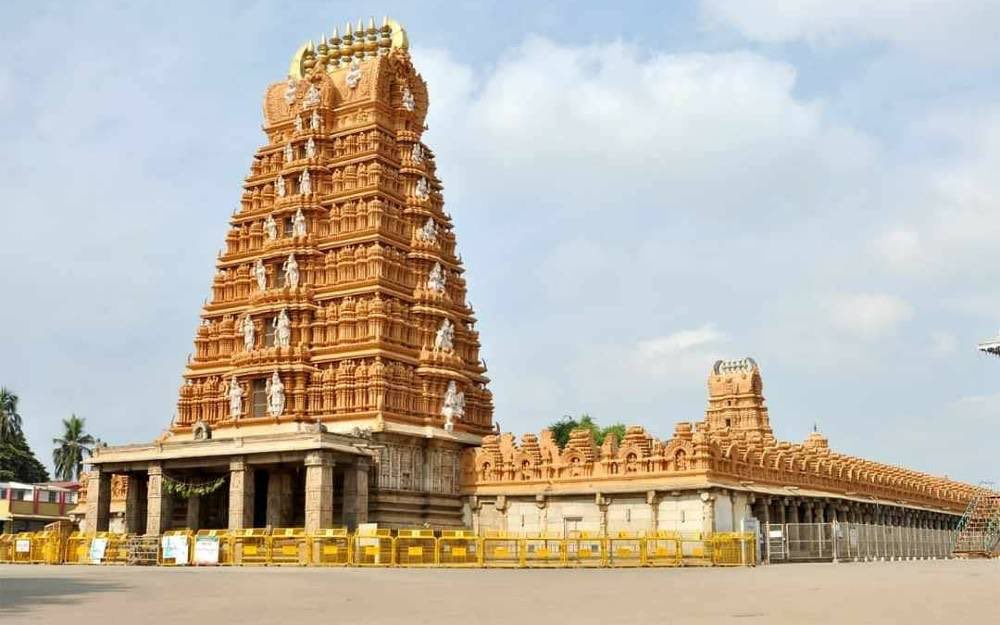Sunday 23 December 1984, an express train packed full of people going home or to visit relatives for Christmas is travelling from Naples to Milan. At about 6.30 p.m. 'Rapido 904' pulls out of Santa Maria Novella Station in Florence heading for its next stop, Bologna [Thread] >> 1
Giovanbattista Altobelli (51)
Anna Maria Brandi (26)
Angela Calvanese (33)
Anna De Simone (9)
Giovanni De Simone (4)
Nicola De Simone (40)
Susanna Cavalli (22)
Lucia Cerrato (66)
Pier Francesco Leoni (23)
Luisella Matarazzo (25)
Carmine Moccia (30)
Maria Luigia Morini (45)
Federica Taglialatela (12)
Abramo Vastarella (29)
Gioacchino Taglialatela (50) >> 10
Pippo Calò (Cosa Nostra)
Guido Cercola (Cosa Nostra)
Franco Di Agostino (Cosa Nostra)
Alfonso Galeota (Camorra)
Giulio Pirozzi (Camorra)
Giuseppe Misso (Camorra)
Friedrich Schaudinn.
Italy's Byzantine judicial system leads to 5 trials >> 15
Calò - life
Cercola - life
Galeota - life
Pirozzi - life
Misso - life
Di Agostino - 28 years
Schaudinn - 25 years.
2. Appeal:
Calò - life
Cercola - life
Galeota - acquitted
Pirozzi - acquitted
Misso - acquitted
Di Agostino - 24 years
Schaudinn - 22 years >> 16
Calò - life
Cercola - life
Di Agostino - 24 years
Schaudinn - 22 years
Misso - 3 years
Galeota - 1 year 6 months
Pirozzi - 1 year 6 months
Effectively, the Camorra suspects are convicted of minor offences, such as possession of explosives >> 18
More from History
You May Also Like
On the occasion of youtube 20k and Twitter 70k members
A small tribute/gift to members
Screeners
technical screeners - intraday and positional both
before proceeding - i have helped you , can i ask you so that it can help someone else too
thank you
positional one
run - find #stock - draw chart - find levels
1- Stocks closing daily 2% up from 5 days
https://t.co/gTZrYY3Nht
2- Weekly breakout
https://t.co/1f4ahEolYB
3- Breakouts in short term
https://t.co/BI4h0CdgO2
4- Bullish from last 5
intraday screeners
5- 15 minute Stock Breakouts
https://t.co/9eAo82iuNv
6- Intraday Buying seen in the past 15 minutes
https://t.co/XqAJKhLB5G
7- Stocks trading near day's high on 5 min chart with volume BO intraday
https://t.co/flHmm6QXmo
Thank you
A small tribute/gift to members
Screeners
technical screeners - intraday and positional both
before proceeding - i have helped you , can i ask you so that it can help someone else too
thank you
positional one
run - find #stock - draw chart - find levels
1- Stocks closing daily 2% up from 5 days
https://t.co/gTZrYY3Nht
2- Weekly breakout
https://t.co/1f4ahEolYB
3- Breakouts in short term
https://t.co/BI4h0CdgO2
4- Bullish from last 5
intraday screeners
5- 15 minute Stock Breakouts
https://t.co/9eAo82iuNv
6- Intraday Buying seen in the past 15 minutes
https://t.co/XqAJKhLB5G
7- Stocks trading near day's high on 5 min chart with volume BO intraday
https://t.co/flHmm6QXmo
Thank you
The entire discussion around Facebook’s disclosures of what happened in 2016 is very frustrating. No exec stopped any investigations, but there were a lot of heated discussions about what to publish and when.
In the spring and summer of 2016, as reported by the Times, activity we traced to GRU was reported to the FBI. This was the standard model of interaction companies used for nation-state attacks against likely US targeted.
In the Spring of 2017, after a deep dive into the Fake News phenomena, the security team wanted to publish an update that covered what we had learned. At this point, we didn’t have any advertising content or the big IRA cluster, but we did know about the GRU model.
This report when through dozens of edits as different equities were represented. I did not have any meetings with Sheryl on the paper, but I can’t speak to whether she was in the loop with my higher-ups.
In the end, the difficult question of attribution was settled by us pointing to the DNI report instead of saying Russia or GRU directly. In my pre-briefs with members of Congress, I made it clear that we believed this action was GRU.
The story doesn\u2019t say you were told not to... it says you did so without approval and they tried to obfuscate what you found. Is that true?
— Sarah Frier (@sarahfrier) November 15, 2018
In the spring and summer of 2016, as reported by the Times, activity we traced to GRU was reported to the FBI. This was the standard model of interaction companies used for nation-state attacks against likely US targeted.
In the Spring of 2017, after a deep dive into the Fake News phenomena, the security team wanted to publish an update that covered what we had learned. At this point, we didn’t have any advertising content or the big IRA cluster, but we did know about the GRU model.
This report when through dozens of edits as different equities were represented. I did not have any meetings with Sheryl on the paper, but I can’t speak to whether she was in the loop with my higher-ups.
In the end, the difficult question of attribution was settled by us pointing to the DNI report instead of saying Russia or GRU directly. In my pre-briefs with members of Congress, I made it clear that we believed this action was GRU.












